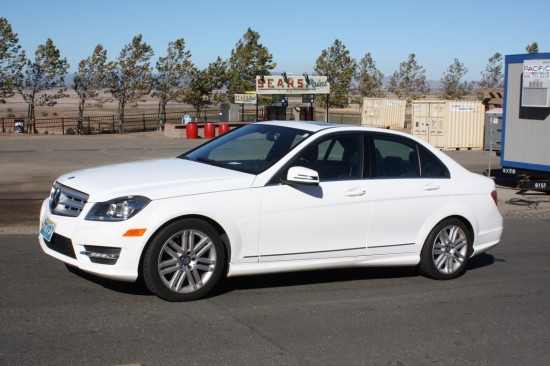-

Ferrari 612 GTO
Ferrari doesn't make a new GTO very often. About every 21 years, on average. So with the 599 GTO landing in a giant...
-

Fiat 500 by Gucci Series Coming to NY Fashion Week
A stylish car associated with one of the most exclusive names in fashion needs the appropriate introduction. And that’s why Fiat chose to launch...
-
.jpg)
Ferrari F12 berlinetta
Ferrari yanked back the sheets on the company's F12 Berlinetta at the 2012 Geneva Motor Show, and the grinning horse has plenty cause to smile. It boasts a ludicrous 740 horsepower V12 under its hood that's capable of launching the vehicle to 62 mph in 3.1 seconds. Hesitate for another 5.3 seconds...
-

Mercedes Classe A Concept
Mercedes revealed today the new 2012 A Class concept, which will have its world debut at the 2011 New York Auto Show. We know what you are thinking right now...
-

Audi Urban Concept
Audi released today the first sketches and details of the new Urban Concept, which is an innovative vehicle with a 1+1 seating configuration...













.jpg)
.jpg)


.jpg)


